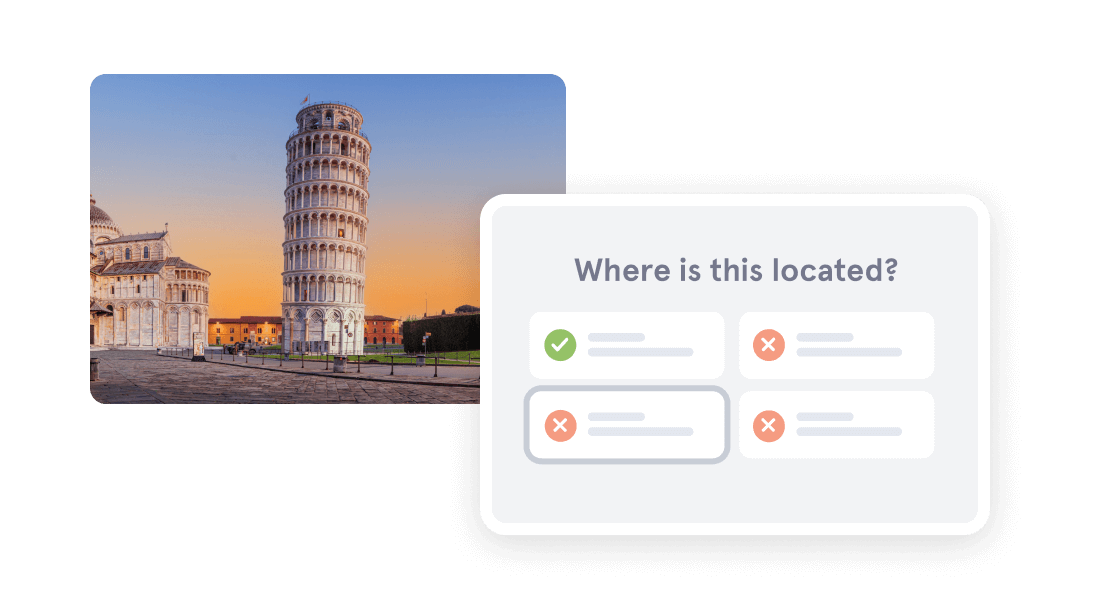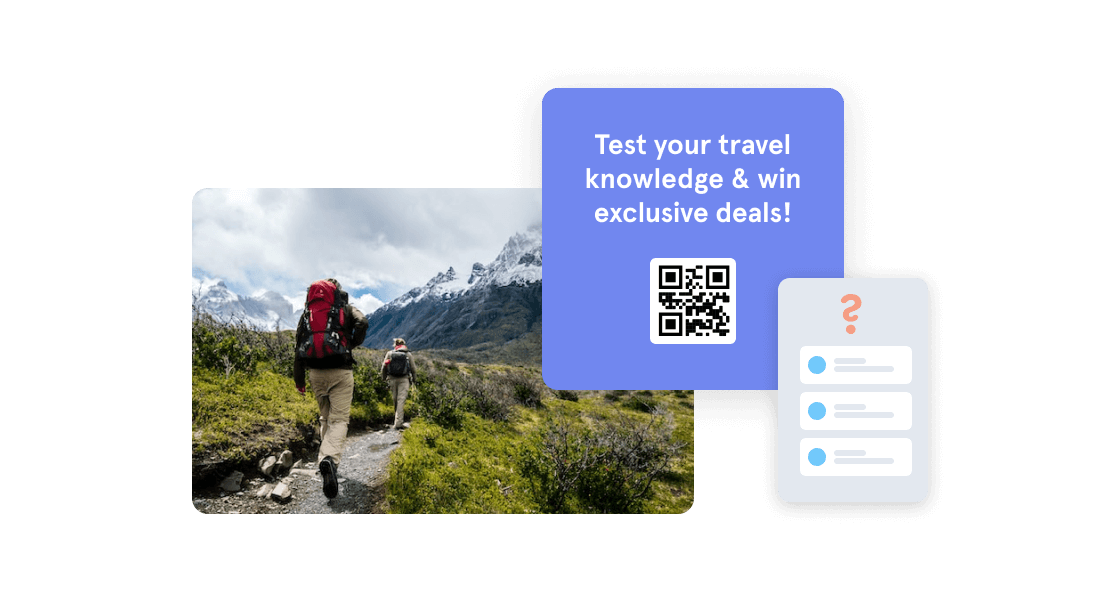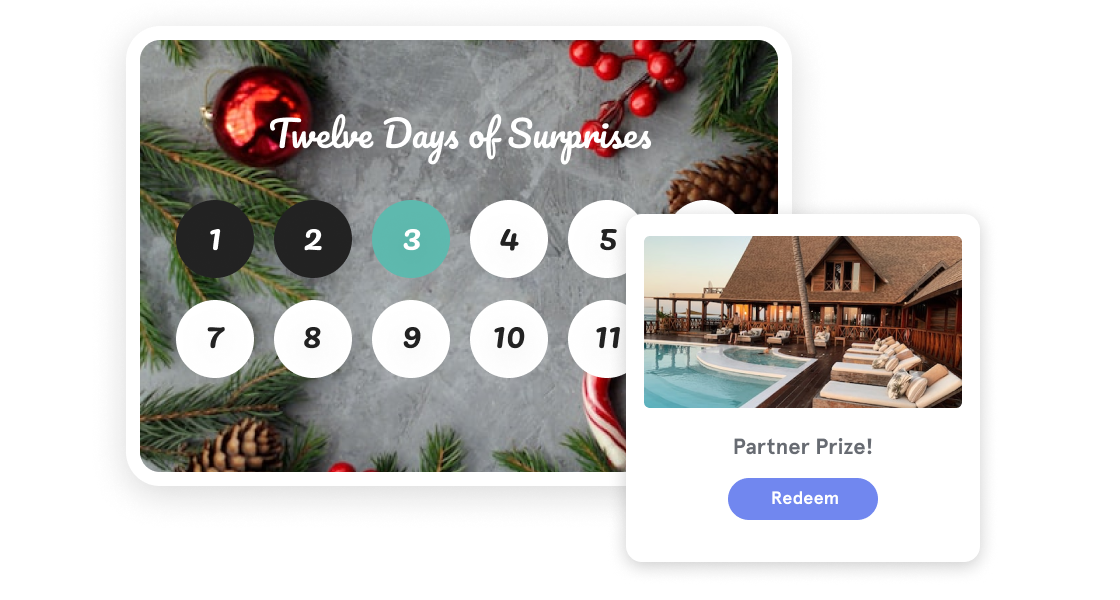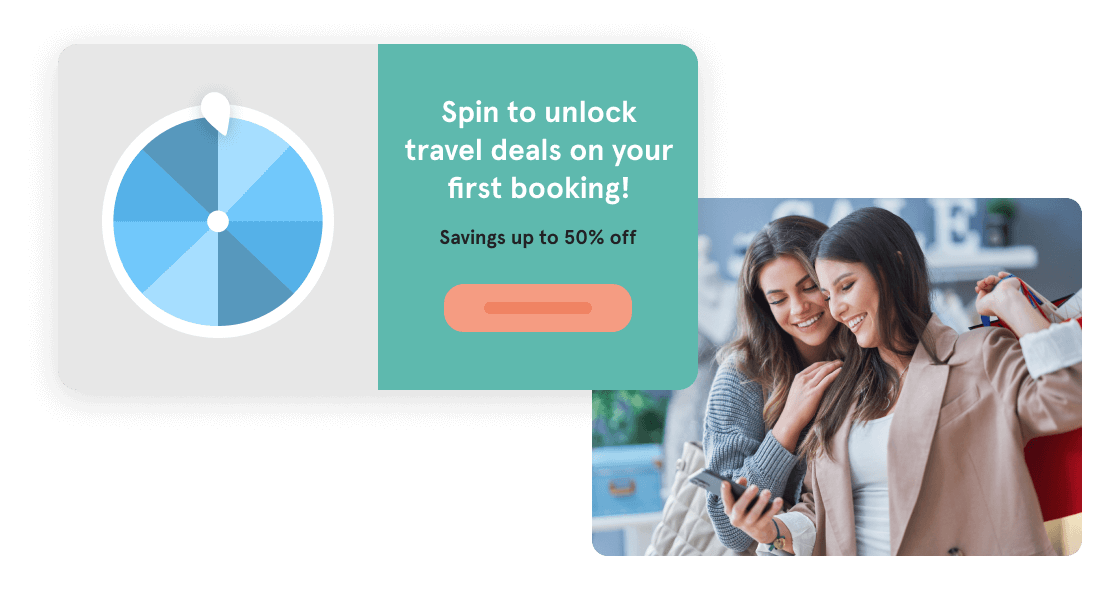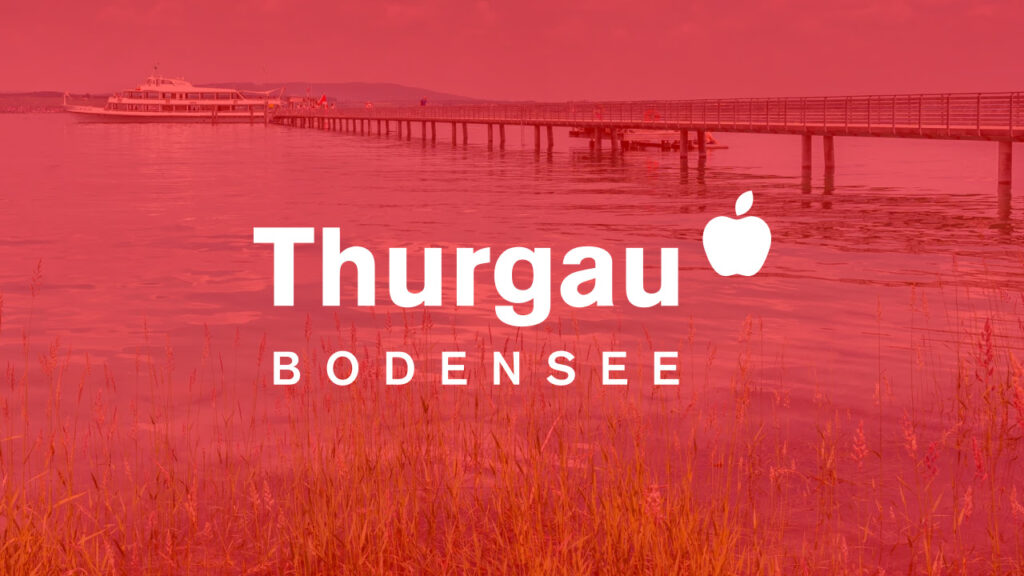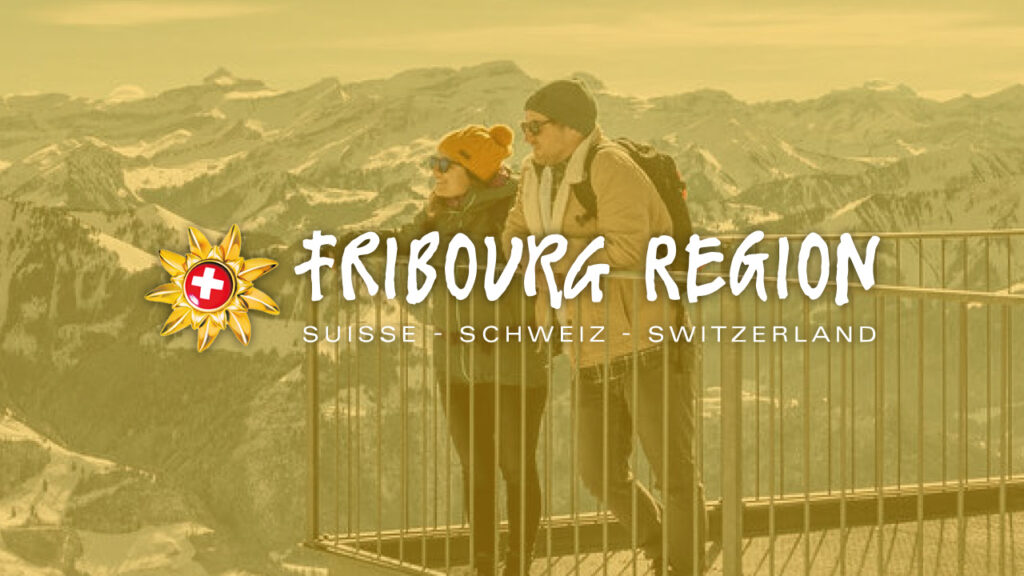
Fribourg Region
Im Januar 2023 startete Fribourg Region, ein Tourismusverband in der Westschweiz, eine interaktive Sensibilisierungskampagne in Form eines einmonatigen Kalender-Giveaways. Mit vielen attraktiven Preisen von regionalen Partnern und einer breit geschalteten Werbung auf verschiedenen Kanälen konnte der Verband ein grosses Publikum erreichen und genoss viel zusätzliche Aufmerksamkeit.

